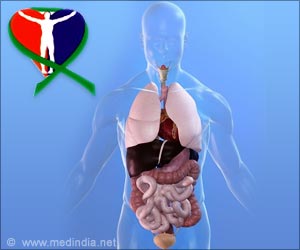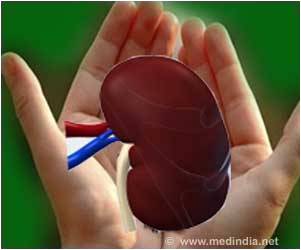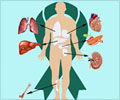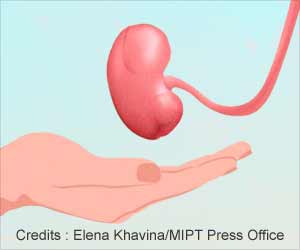The dramatic difference in consent rates among younger Caucasians reveal that race alone cannot explain geographic differences in organ donor consent rates.

According to the researchers, consent for organ donation was obtained in 73 percent of those cases. Consent rates highest in cases where patients were younger than 55, white and when the referral from the local hospital was made in a timely manner. Consent rates were lower among blacks, Hispanics and Asians than whites.
"These data demonstrate that although the underlying demographics of the donor population may contribute to geographic differences in organ consent rates, it clearly is not the major driving factor," lead author Dr. David Goldberg, an assistant professor in the gastroenterology division at the University of Pennsylvania School of Medicine in Philadelphia.
The study authors said, more than 123,000 Americans are waiting for lifesaving organ transplants, and 21 die each day because they can’t get a new organ.
"Although there may be underlying cultural or religious differences leading to variable consent rates, the dramatic differences in consent rates among younger Caucasians clearly show that race alone cannot explain geographic differences in organ donor consent rates, said Goldberg."
The study is published in the American Journal of Transplantation.
Advertisement









